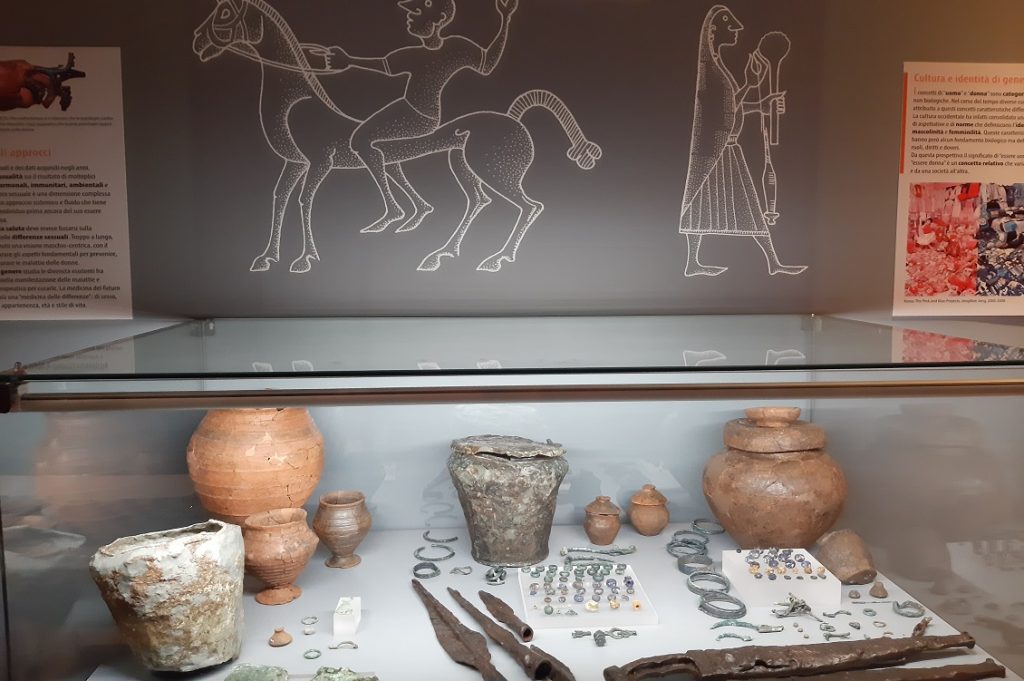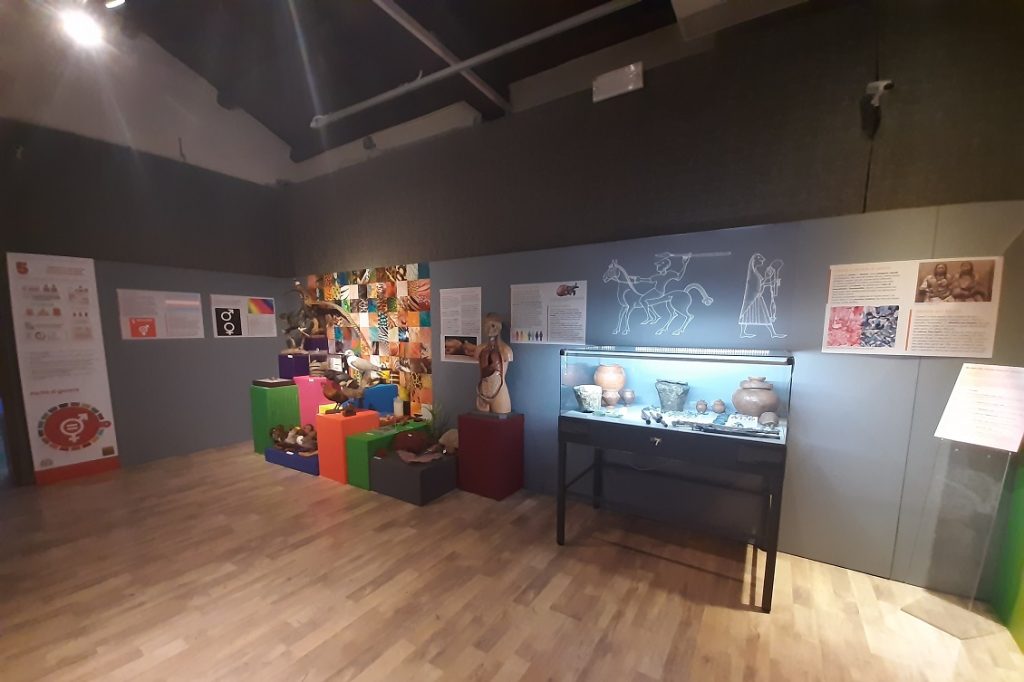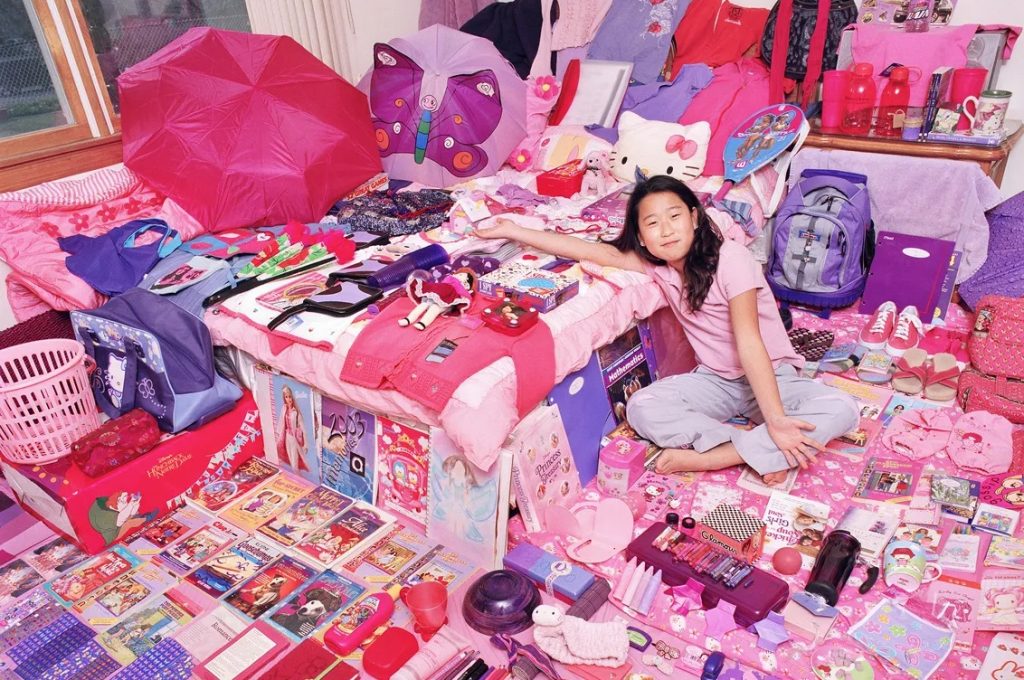TrevisoAnd Veneto – Agenda Futuro 2030. This is the name of the exhibition that was held at the Museum of Natural History and Archeology of Montebelluna (TV) thanks to him The goals of the United Nations 2030 Agenda are addressed, proposing entirely contemporary and urgent issuesThus achieving a double feat: on the one hand, to introduce in a dynamic way the essential points of the agenda, linking them to the cultural heritage of Italy; On the other hand, to show museum “discoveries” that are often seen, especially in the view of young people, as “things of the past”, in the current perspective.
With this in mind, the Museum was also able to present gender issues, referring to point 5 of the 2030 Agenda, and thus proceeding from the theoretical assumptions and declarations of rights which are shared by the whole of Europe and formulated by the institutions which are considered higher than the peripheries. The project is presented as follows: “Futoro Agenda 2030 is an innovative exhibition and educational space on the themes of the 2030 Agenda and Circular Economy. The rooms have been transformed into interactive classrooms with pathways centered on the human-environment relationship where science and archeology meet.”

the museum
He was born in 1984 thanks to the combination of materials he made Bellona Natural CollectionIt houses the Montebelluna Museum Natural department with a particularly advanced teaching profession and an interactive screen. There is also an archeological section that preserves state-owned artifacts, from prehistoric times to Roman times, with some outstanding objects such as, for example, the ornate bronze setola (bucket) from the Posmon cemetery dating back to the Proto-Era.
The Civic Museum also includes a space for temporary installations, which currently hosts the Futuro Agenda 2030 exhibition, founded on a participatory audience approach and curated by archaeologist Emanuela Gelli and conservationist Giorgio Vaccari and designed as an alternative space for permanent sections where you can Putting the museum’s preserved assets into close contact with new paradigms and new approaches with different audiences, and also give them more tools to visit the ‘traditional’ part of the fair.
Gender issues between history and the current trend
A Montebelluna restoration worker narrates the first installation always attached to the agenda, dating back to 2021, where They made the first attempt to talk about the differences between the sexeswhere a corner was created where, in addition to a small display with items taken from the zoological collections that clarified the question of sex in nature from a biological point of view, a display was created with ten bone vases from the museum’s archaeological collections.

Eight of these results referred to women and two to men They made it possible to address the issue of historical, social and cultural differences between male and female. The small installation suggested a tentatively interactive attitude with the audience, as some of the boxes simply mentioned the different possible genders, bypassing the binary vision of masculine and feminine, and each visitor could choose with a colored lid to insert into the boxes in which the gender was recognised.
This experience aroused the interest of the public, especially young men and women, however It also drew strong opposition from a group of parents who, having seen the situation done independently and deeming such “gender propaganda” unsuitable for their children who could visit the platform, requested that exhibition Interaction regarding gender identity has been withheld.
These and other criticisms certainly did not discourage museum staff, who decided to develop the species-specific experience in a more comprehensive and nuanced manner, and asked Dr. Nicole Mulhujsen for advice, a museologist and museologist who specializes in the topics covered. The team worked hard to create what is now a section of the Futuro Agenda 2030 exhibition dedicated to Goal 5. The corner combines materials from the natural and archaeological sections, accompanied by a series of panels and photographs that help Addressing the issue of gender differences in a scientific but at the same time popular way and an exceptional ability to relate the museum’s history to current events.
Sex in the natural world
One section shows Various types of animals on a background reproduce a mosaic of pictures of nature – Eyes, liver, wings… – adding to the variety of variety. This section presents a set of natural situations that are recounted by an illustrative plate entitled “Sex in Animals: Mating and Reproduction”.
All our considerations of sex must transcend the simple biological vision to enter the realm of cultural constructions
Angle’s message focuses on the fact that besides the evolutionary meaning of sexual reproduction, through strategies such as monogamy, polyandry, and sexual selection, In many species, mating is related to the dimensions of pleasure and also occurs between individuals of the same sex. Such evidence contradicts the only reproductive view of sex, associated with species persistence as Western virulence has circulated for centuries.
Continuing these concepts, another panel tells that genetic, hormonal and anatomical characteristics give rise to many nuances in the sexual sphere in the human race, thus presenting Non-binary reading also includes, for example, intersex people. Starting from some of the assumptions of human biology, a discourse is presented that overcomes the rigid and binary divisions that are still widespread especially in the transmission of scientific knowledge in primary schools and stresses the importance for health management to take into account all aspects that make up the person. From gender to gender, race to age to lifestyle.
Another space is dedicated to archaeological finds along with representations taken from the museum’s famous site of a man and woman, male and female characteristics conveyed through ornaments and other accessories of material culture 2,500 years ago. The installation aims to raise the question of the differences between males and females clearlybut again immediately broadens the question beyond binary vision.
This is the point at which it becomes very clear that all our considerations of gender must transcend the simple biological vision to enter the realm of cultural constructions. This section offers The fundamental question of stereotypes that have been “scientifically” and historically deconstructed.

The corner graphic setting indicates contemporary, as in the panel just mentioned where an image of Korean artist Jeong Mee’s work is inserted, Pink and blue projectwho pictured boys’ and girls’ rooms bathed in pink or blue bodies, Show how consumer society critically affects one’s gender self-representationthrough a binary division that constantly contrasts between masculine and feminine.
The approach proposed by the Civic Museum of Montebelluna is particularly interesting and influential in the field of research on the introduction of queer methodologies within museums. The basic fact is that it is no longer a matter of suggesting a specific event, guided tour or educational workshop, however I chose to transform part of the museum’s display into a discourse on gender differences that becomes organic and stable in the museum building.





Leave a Reply